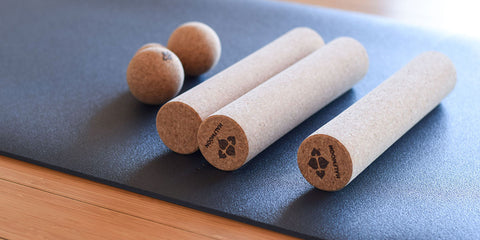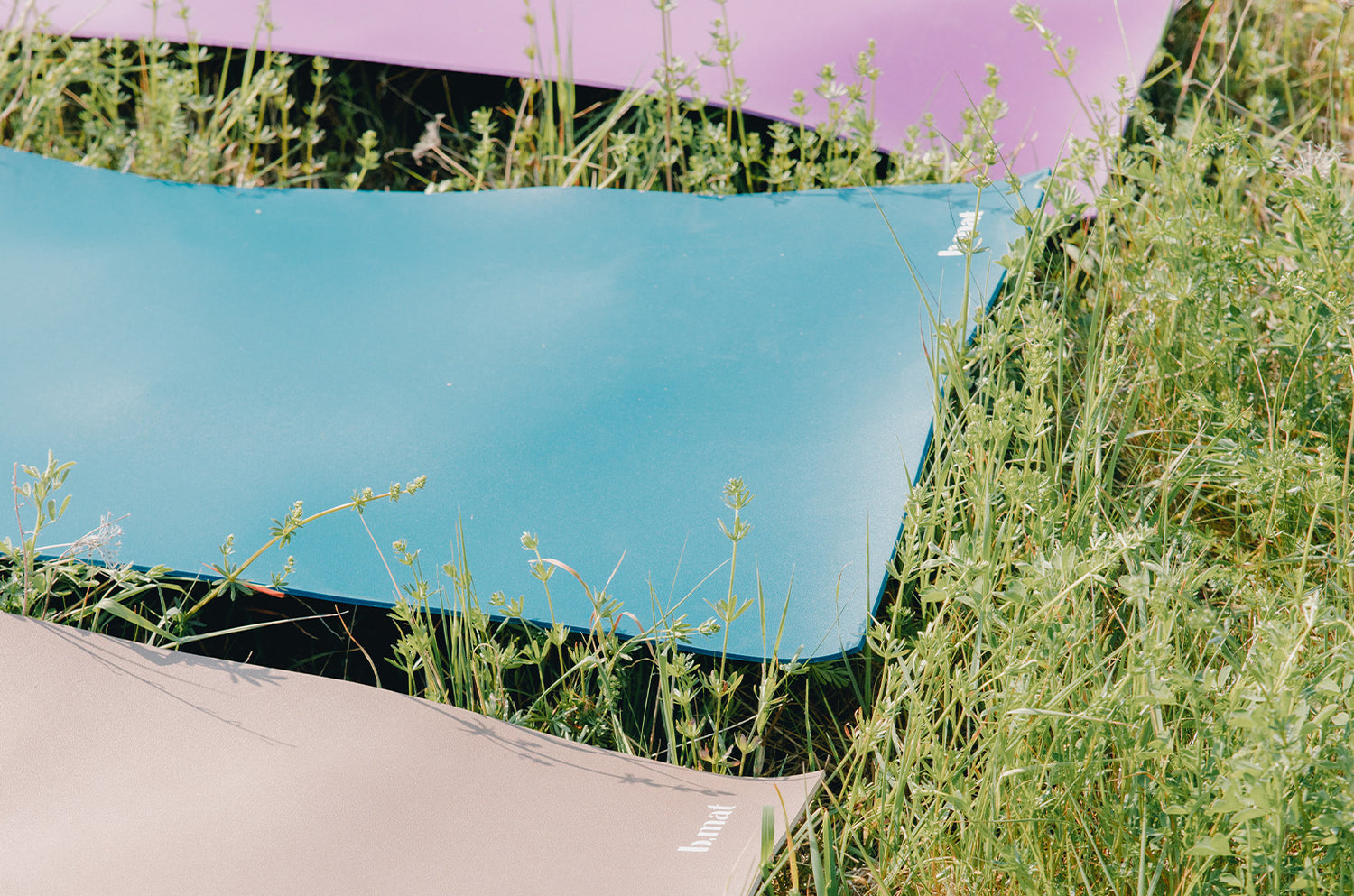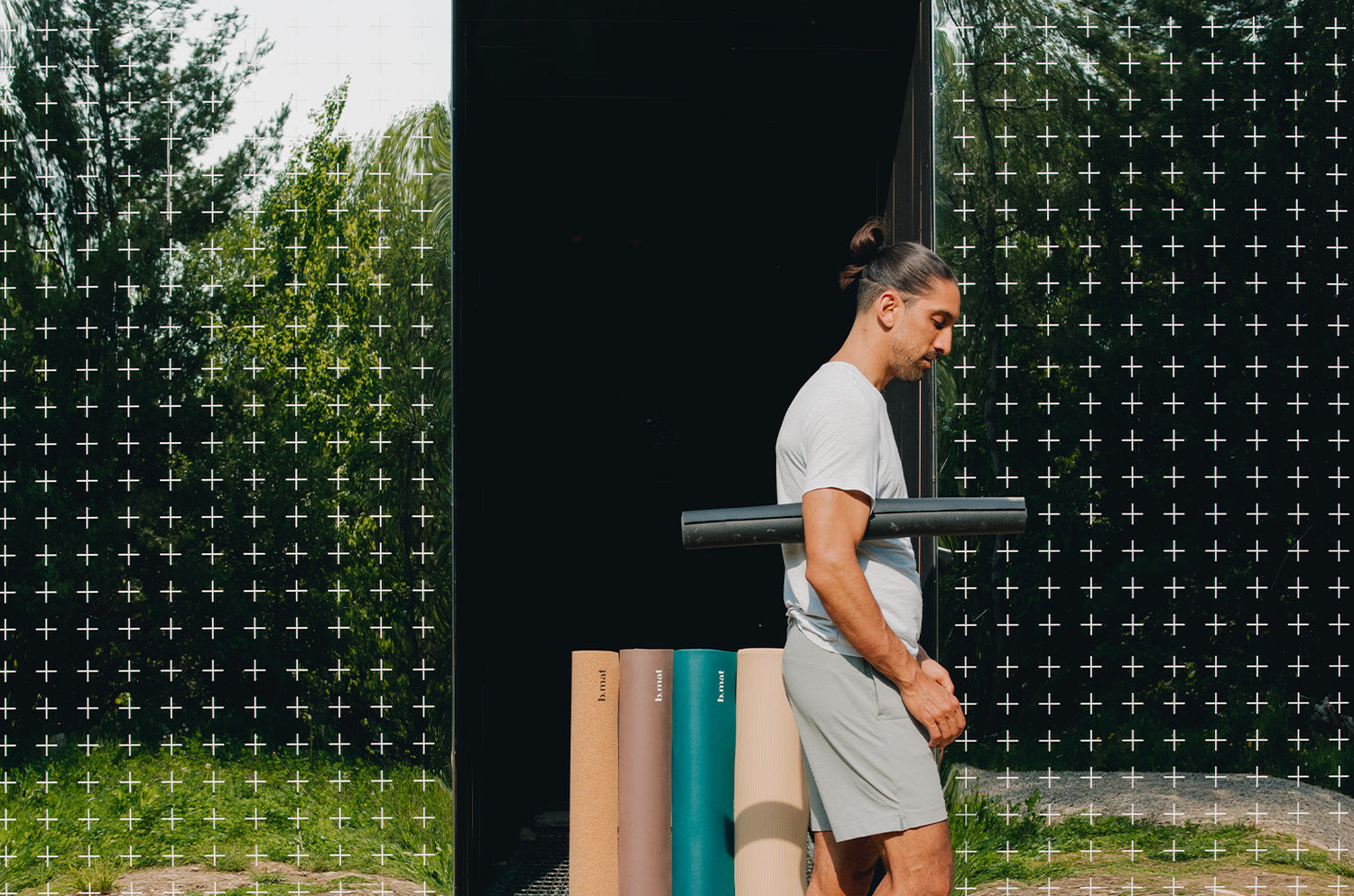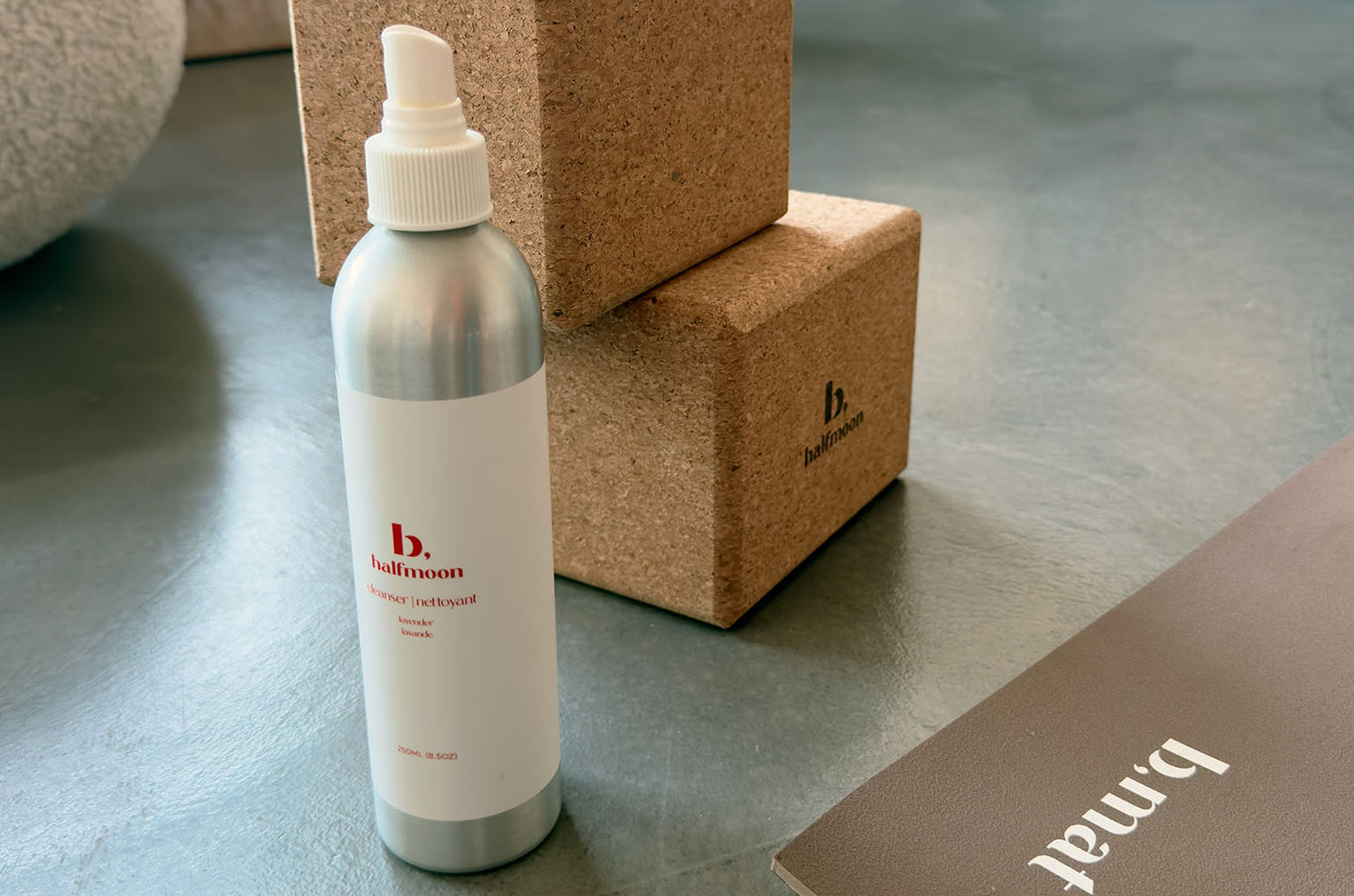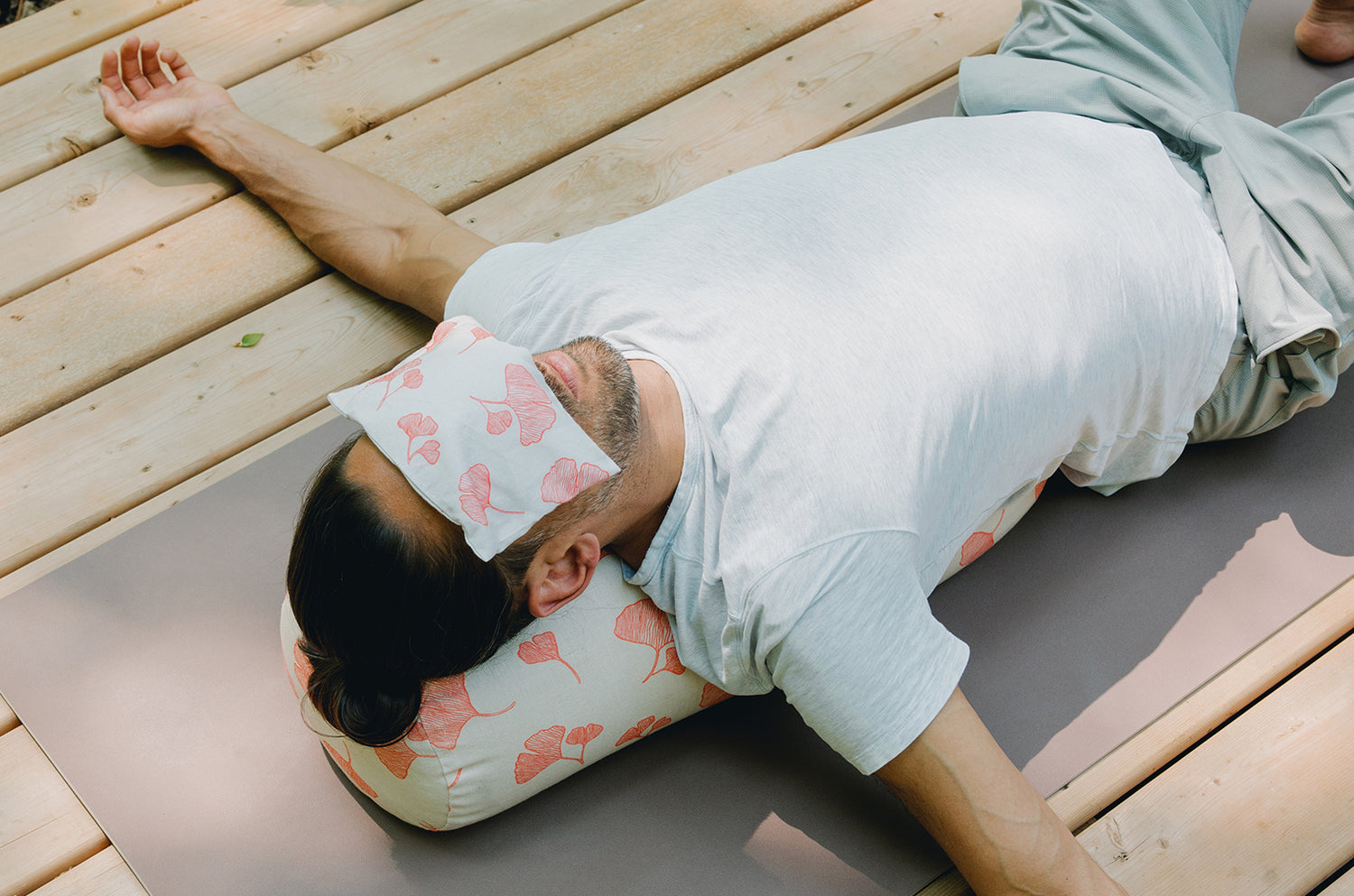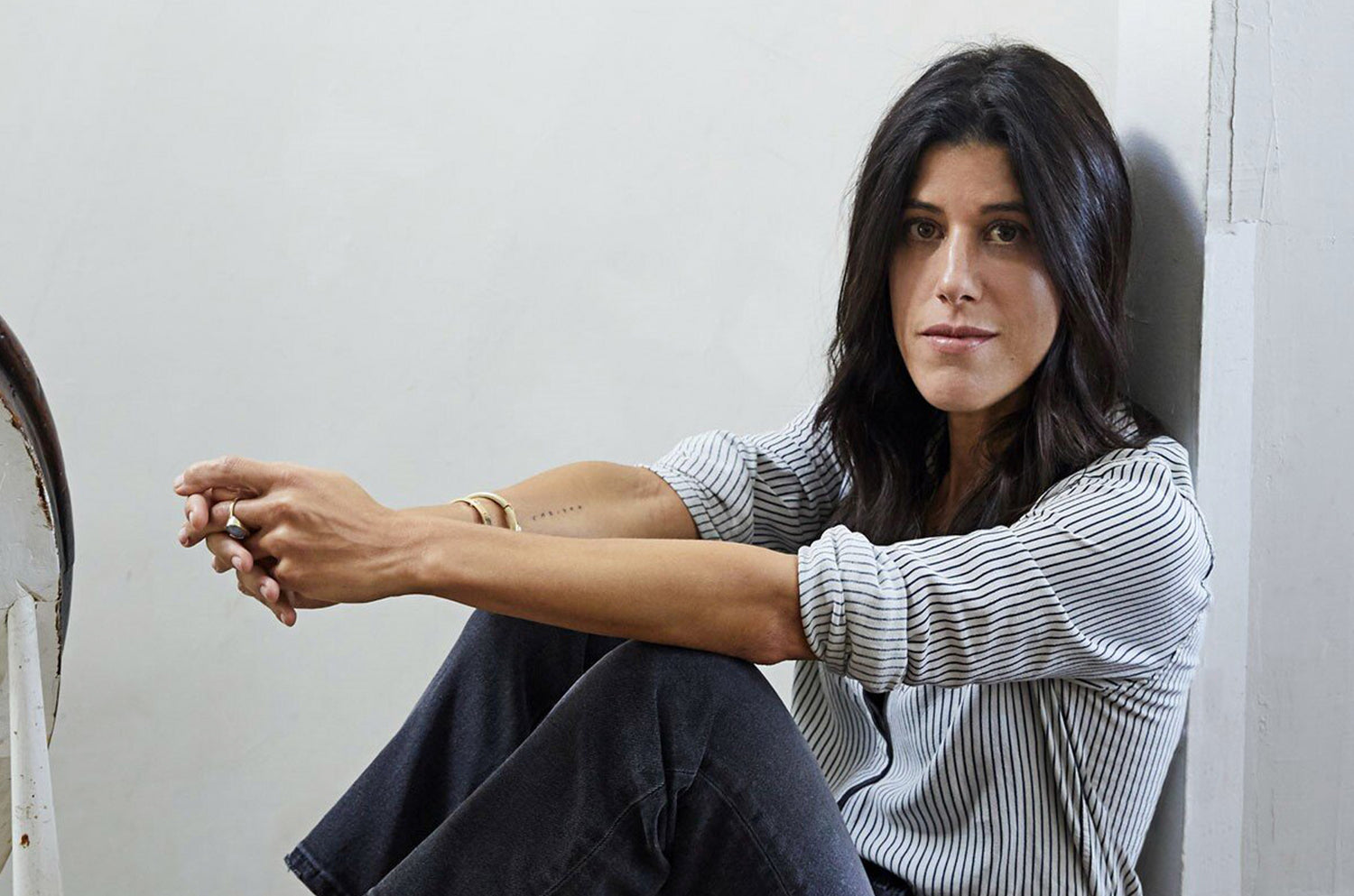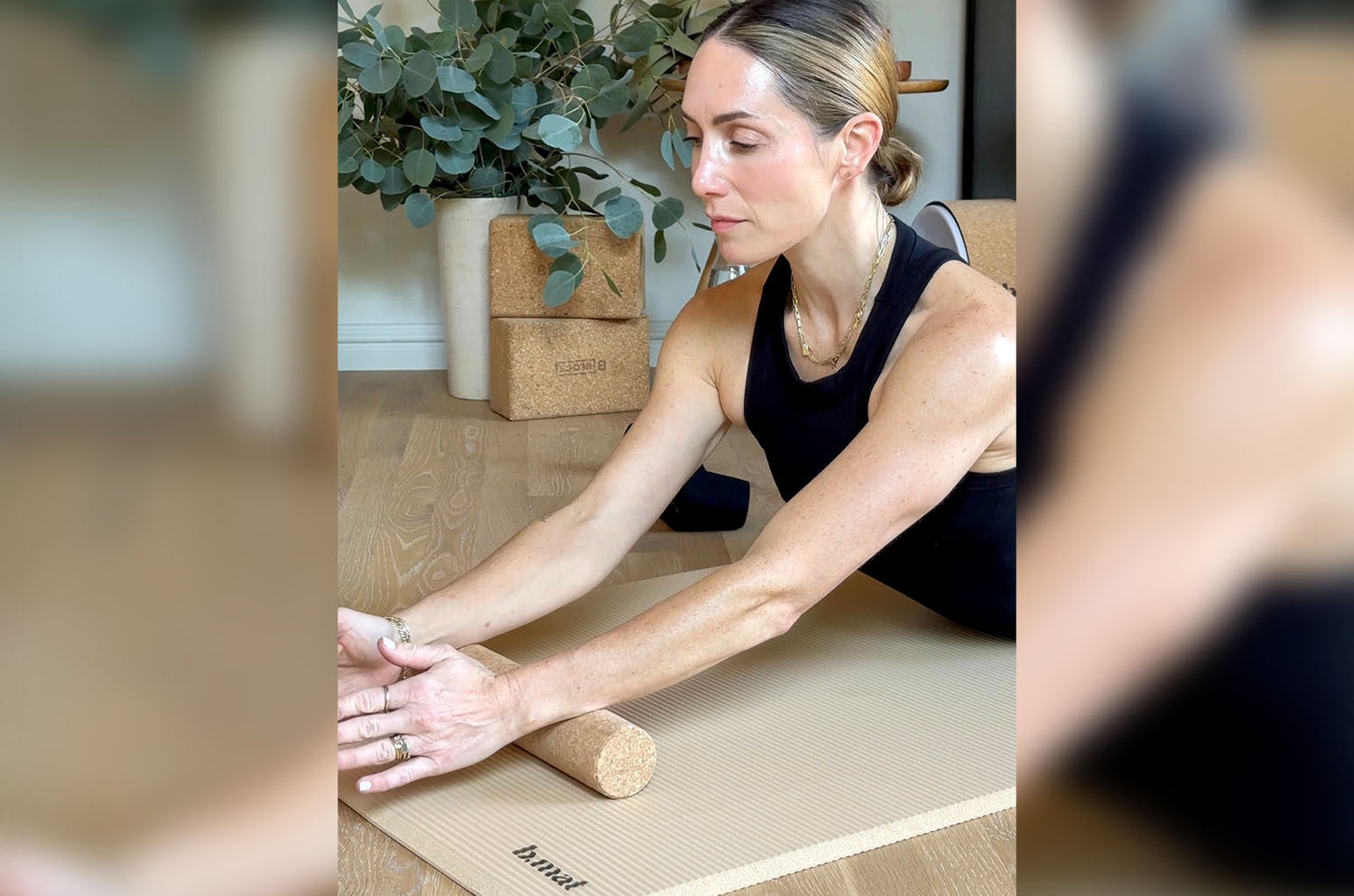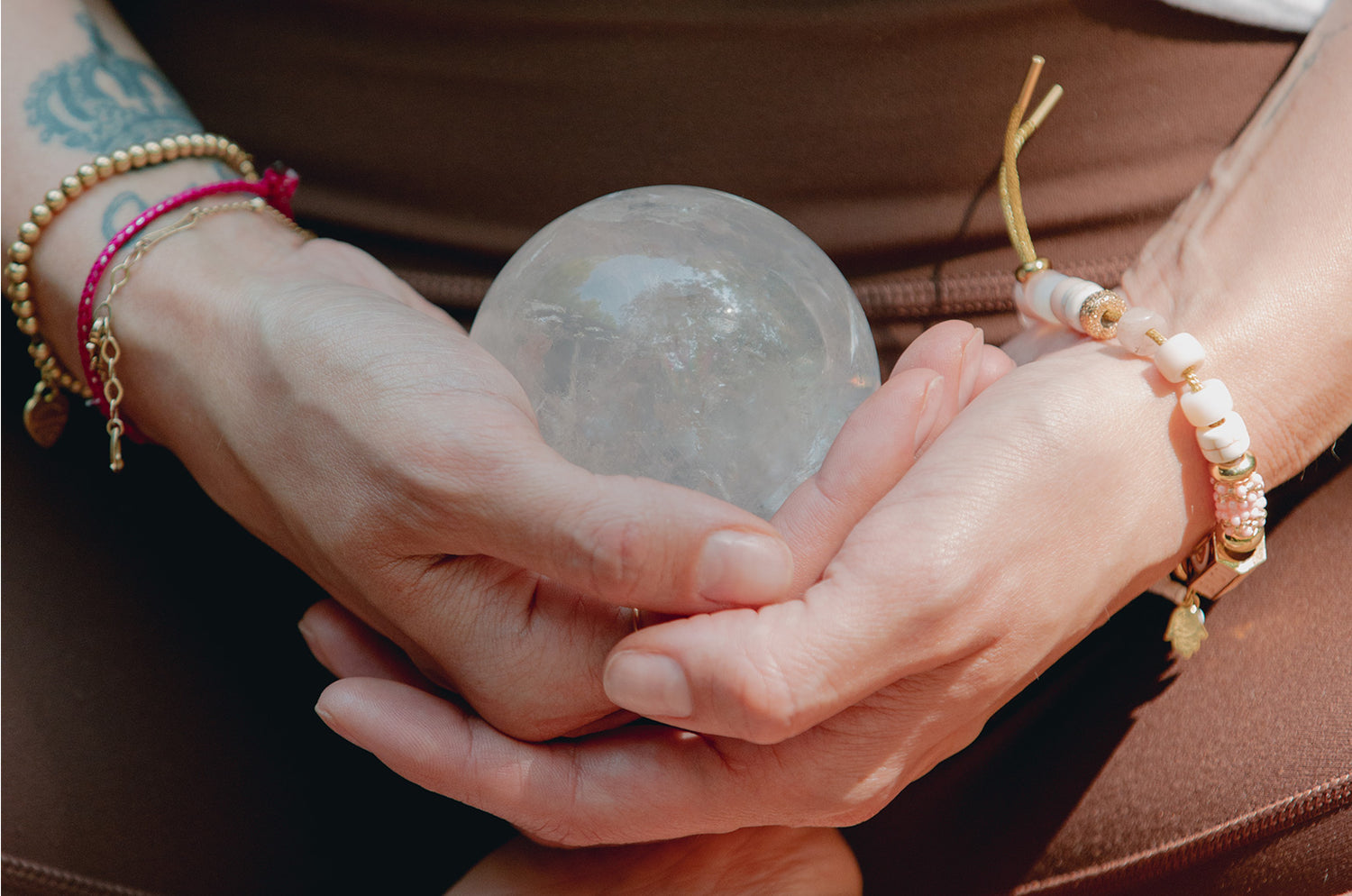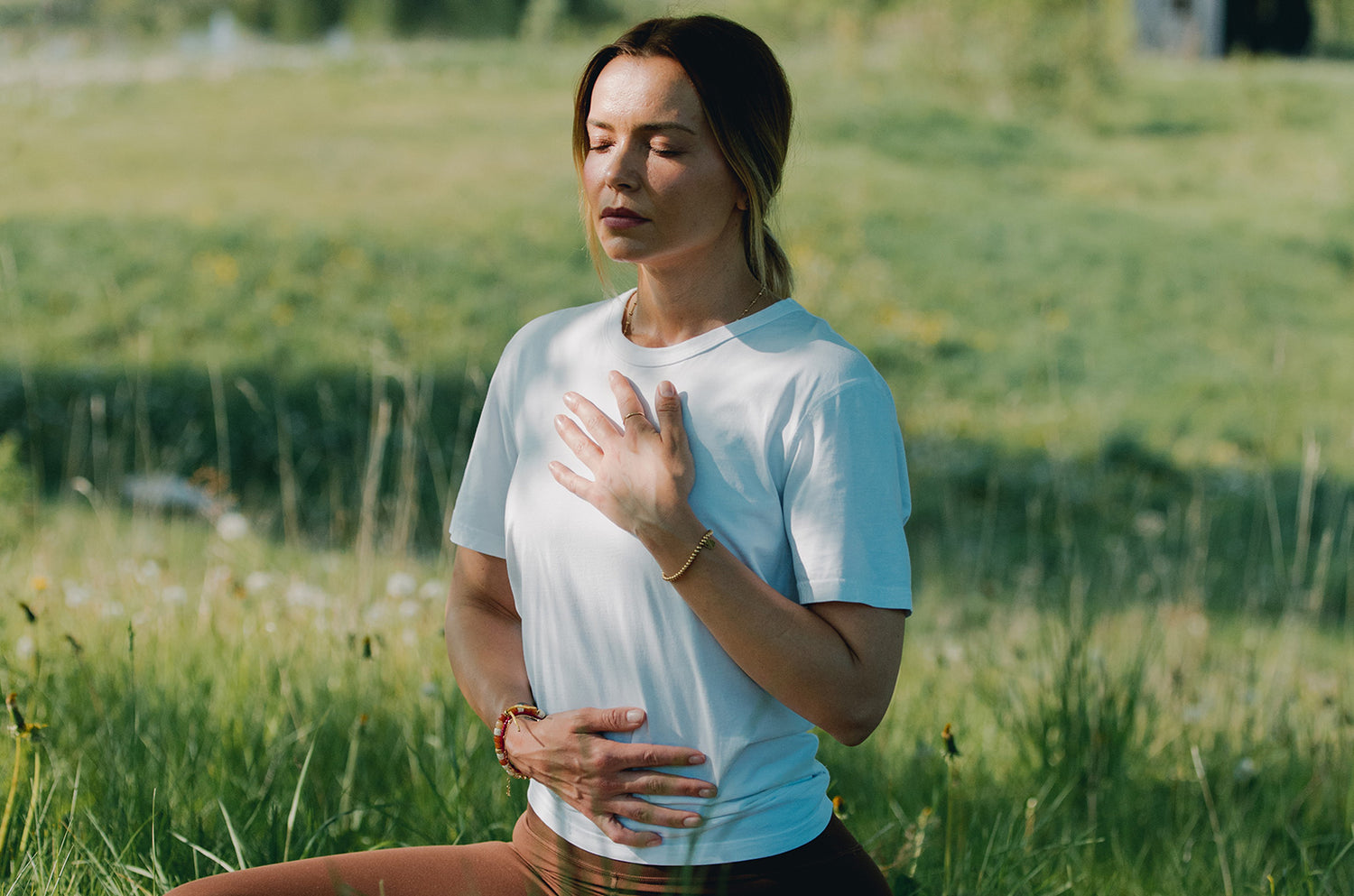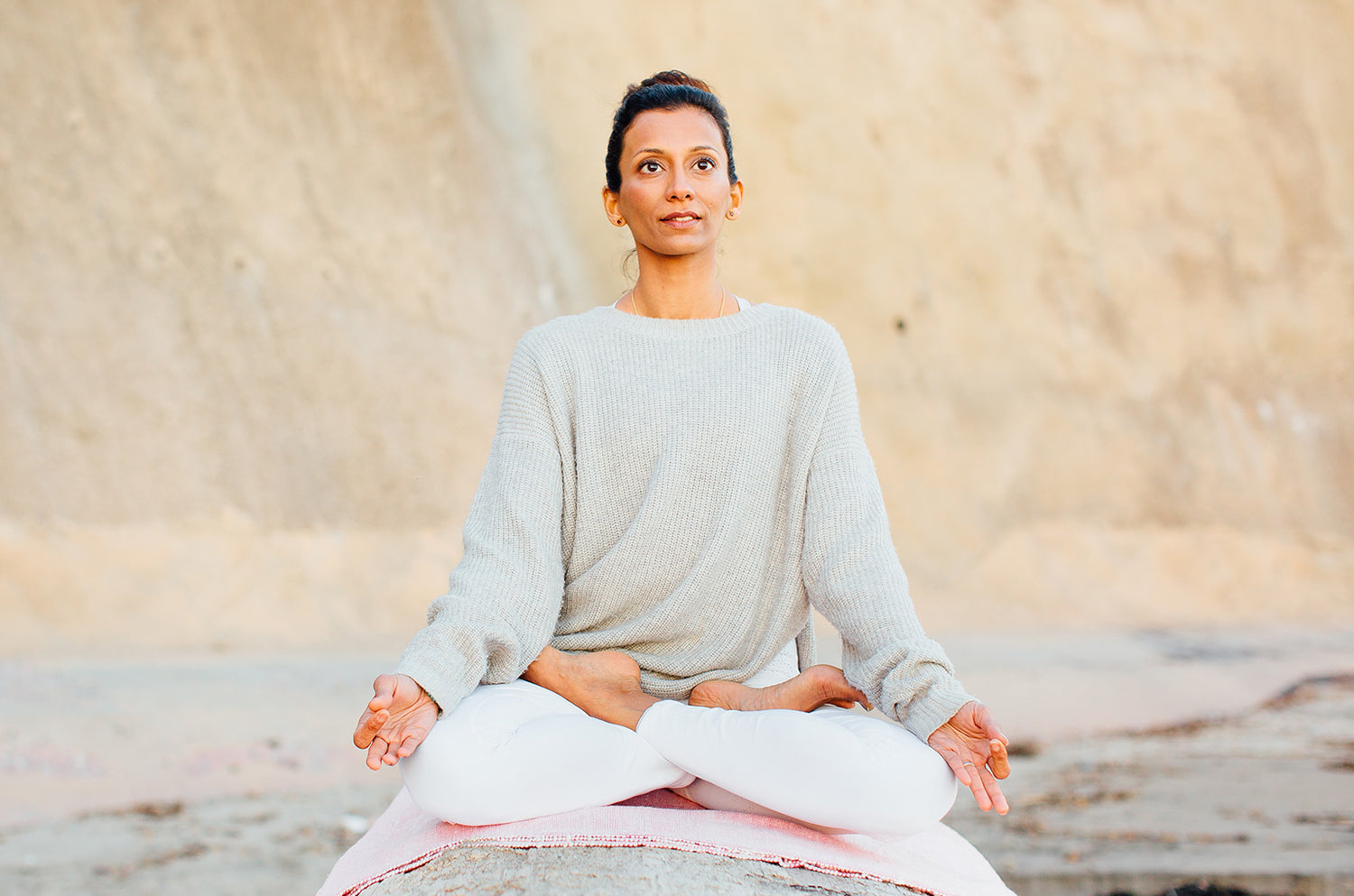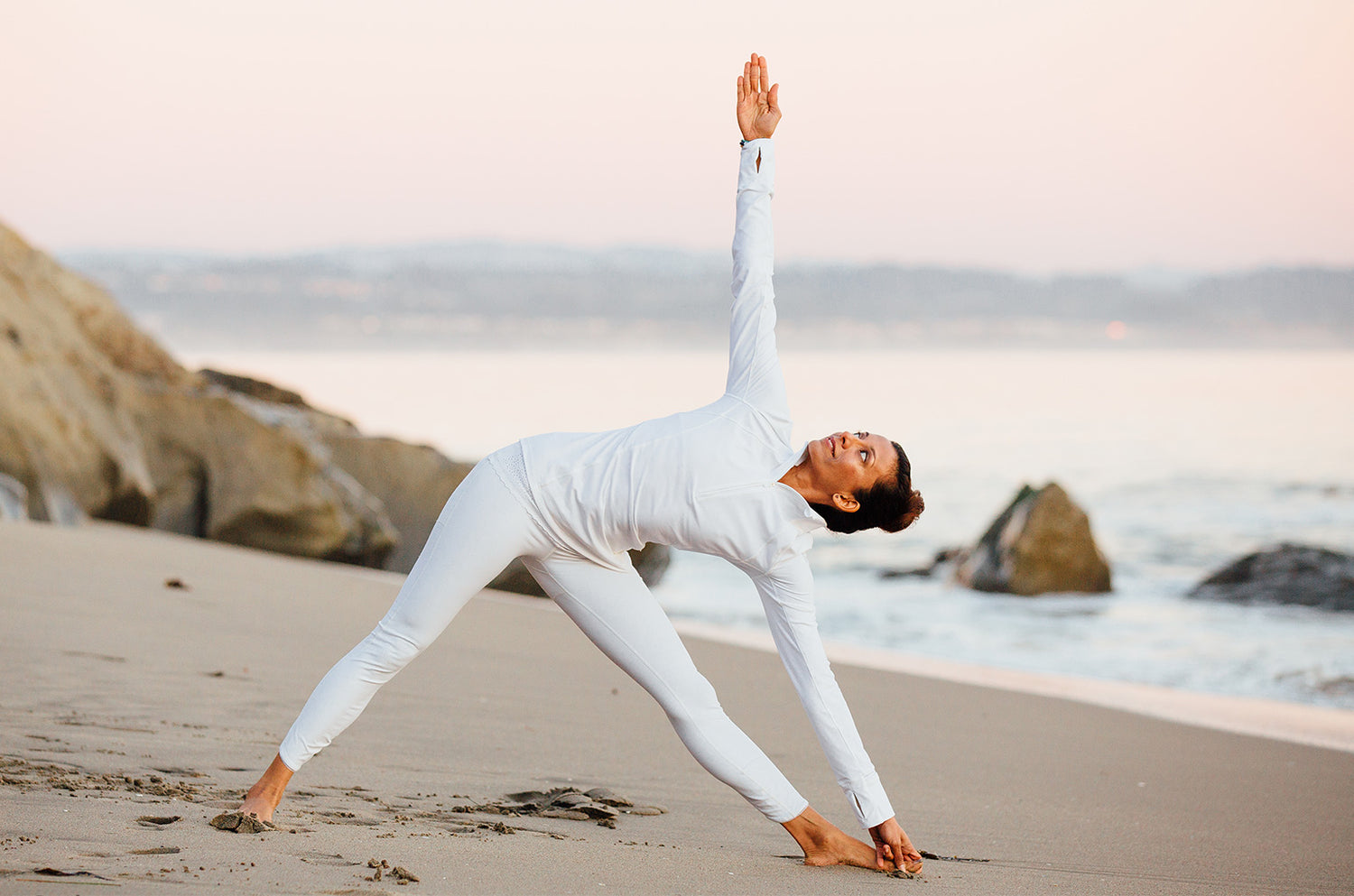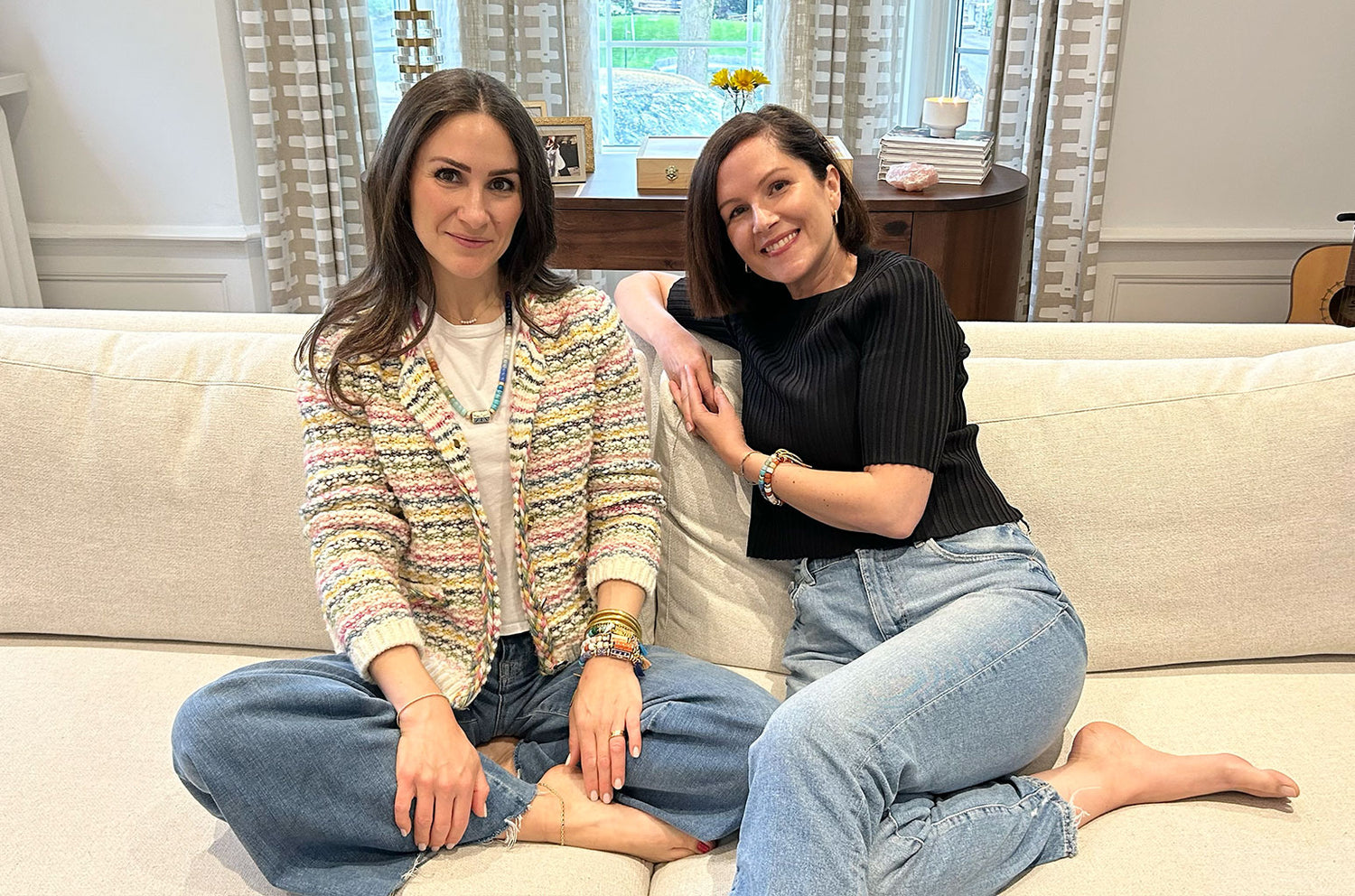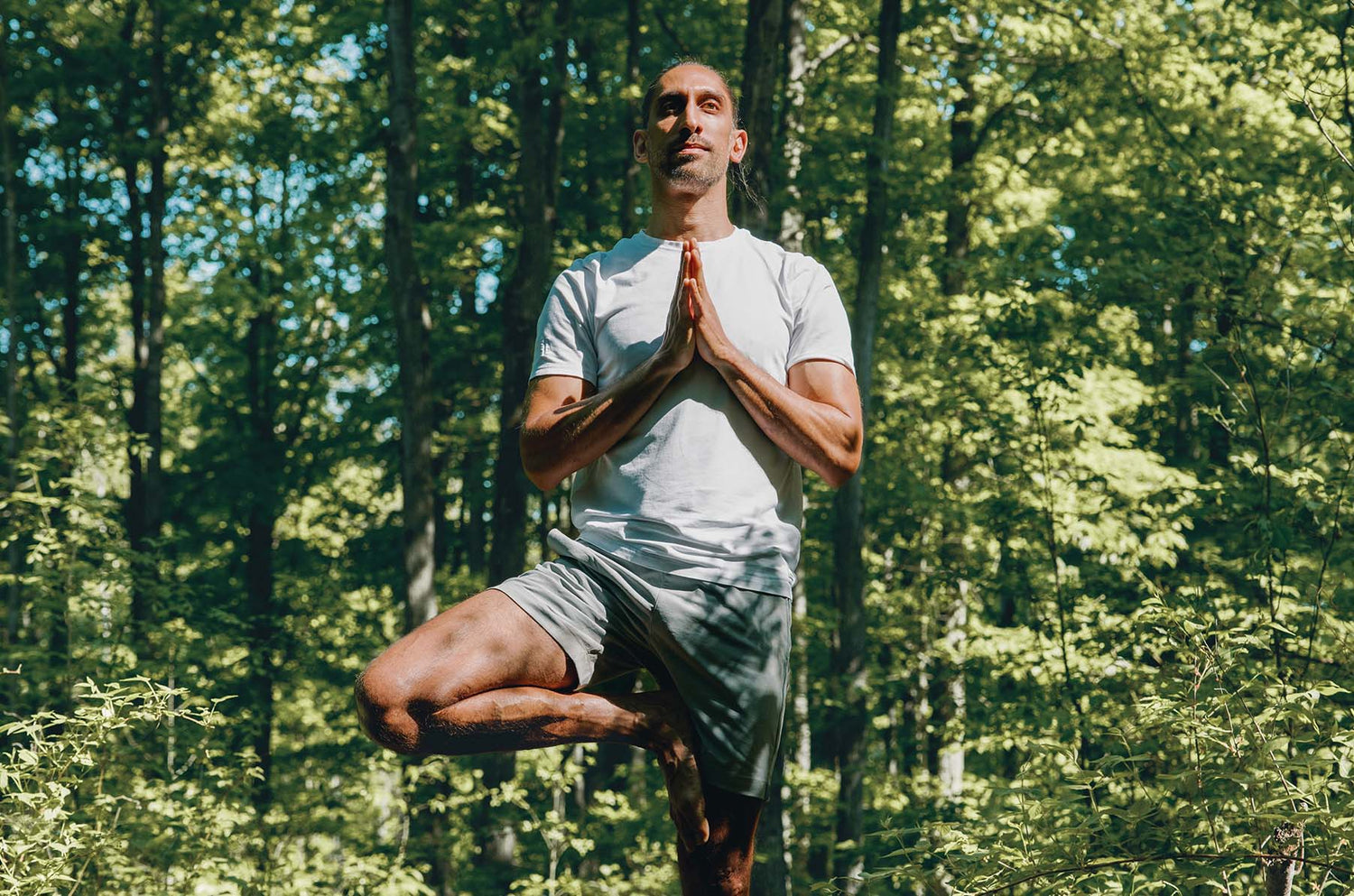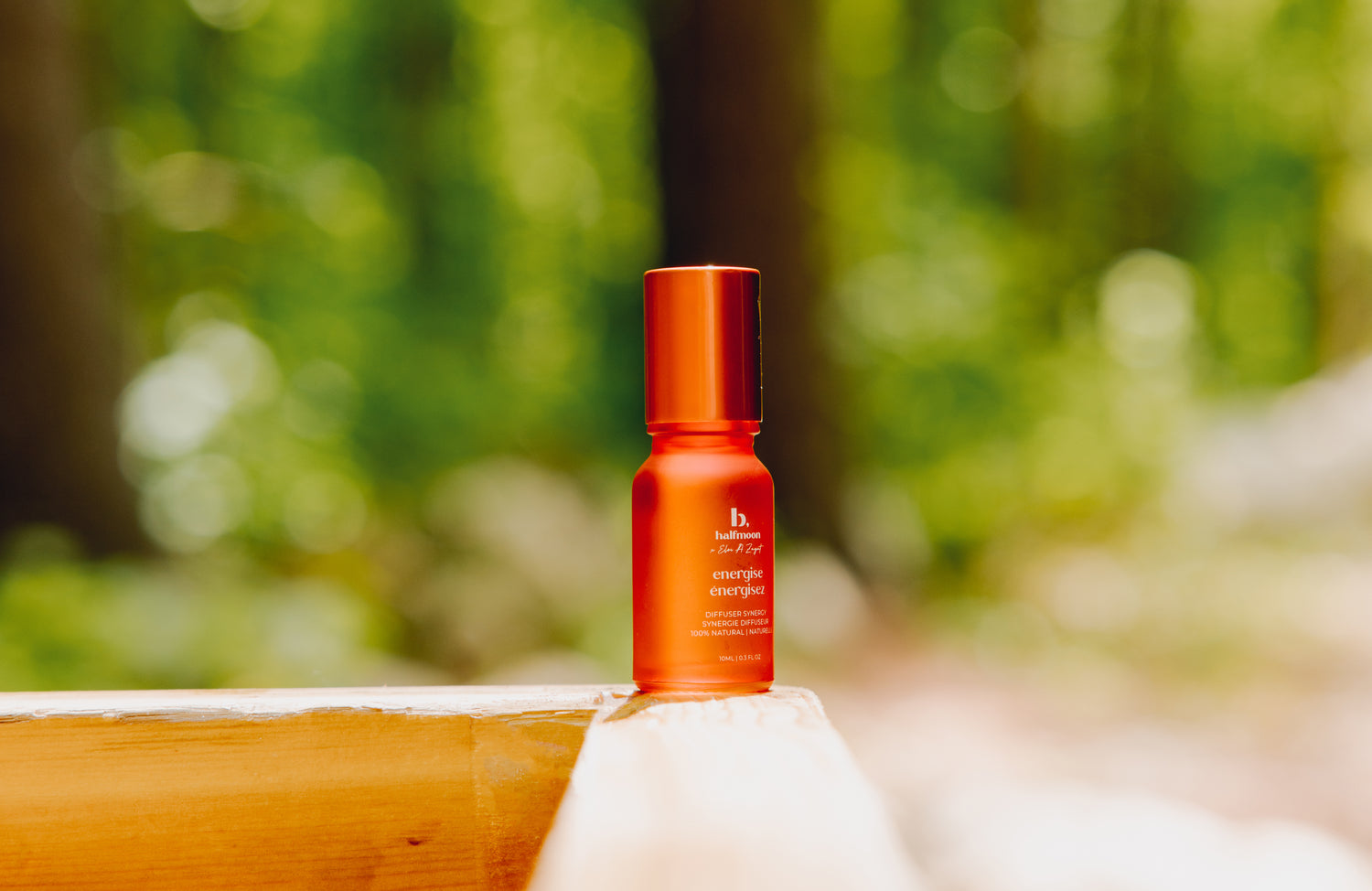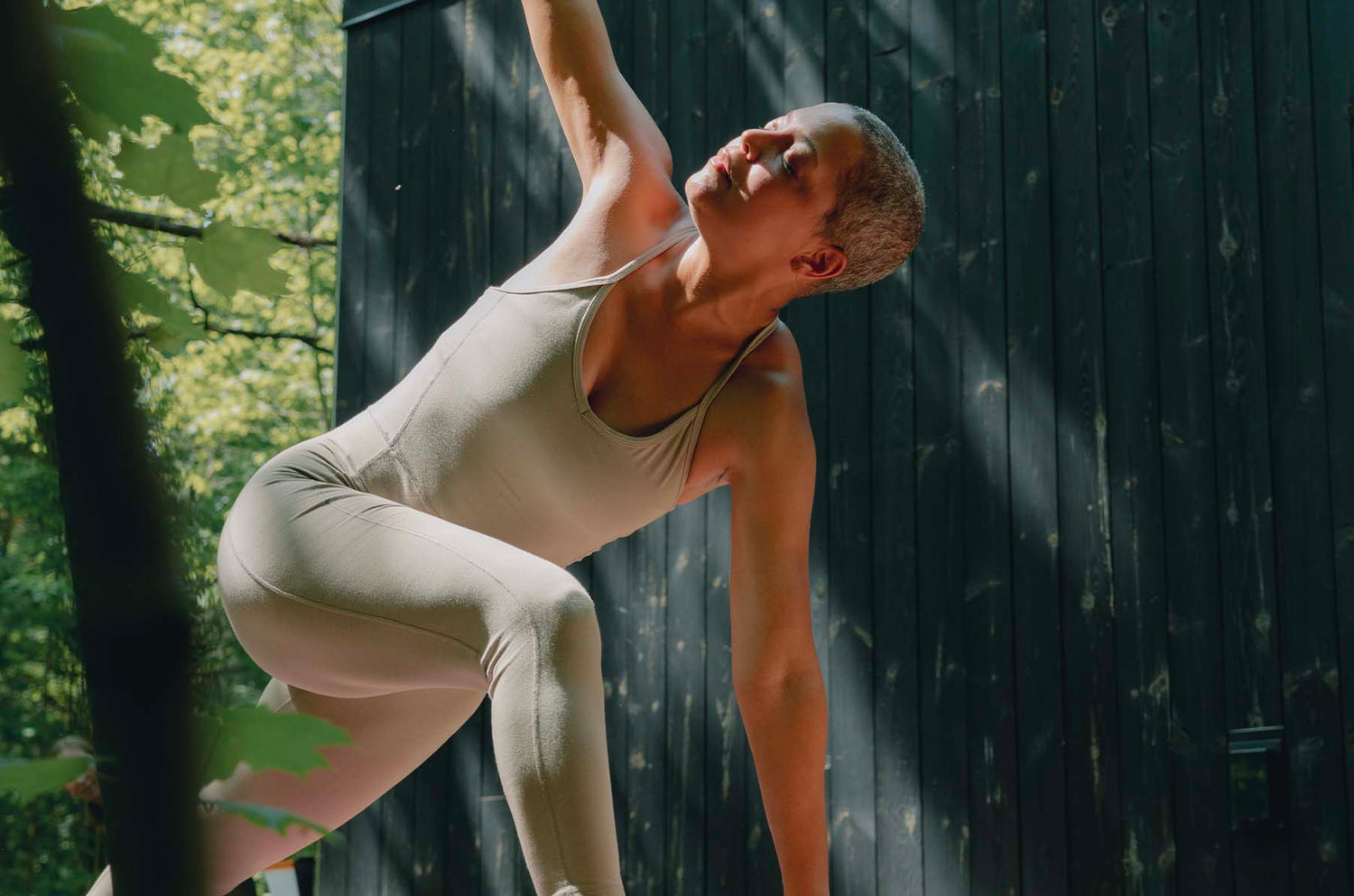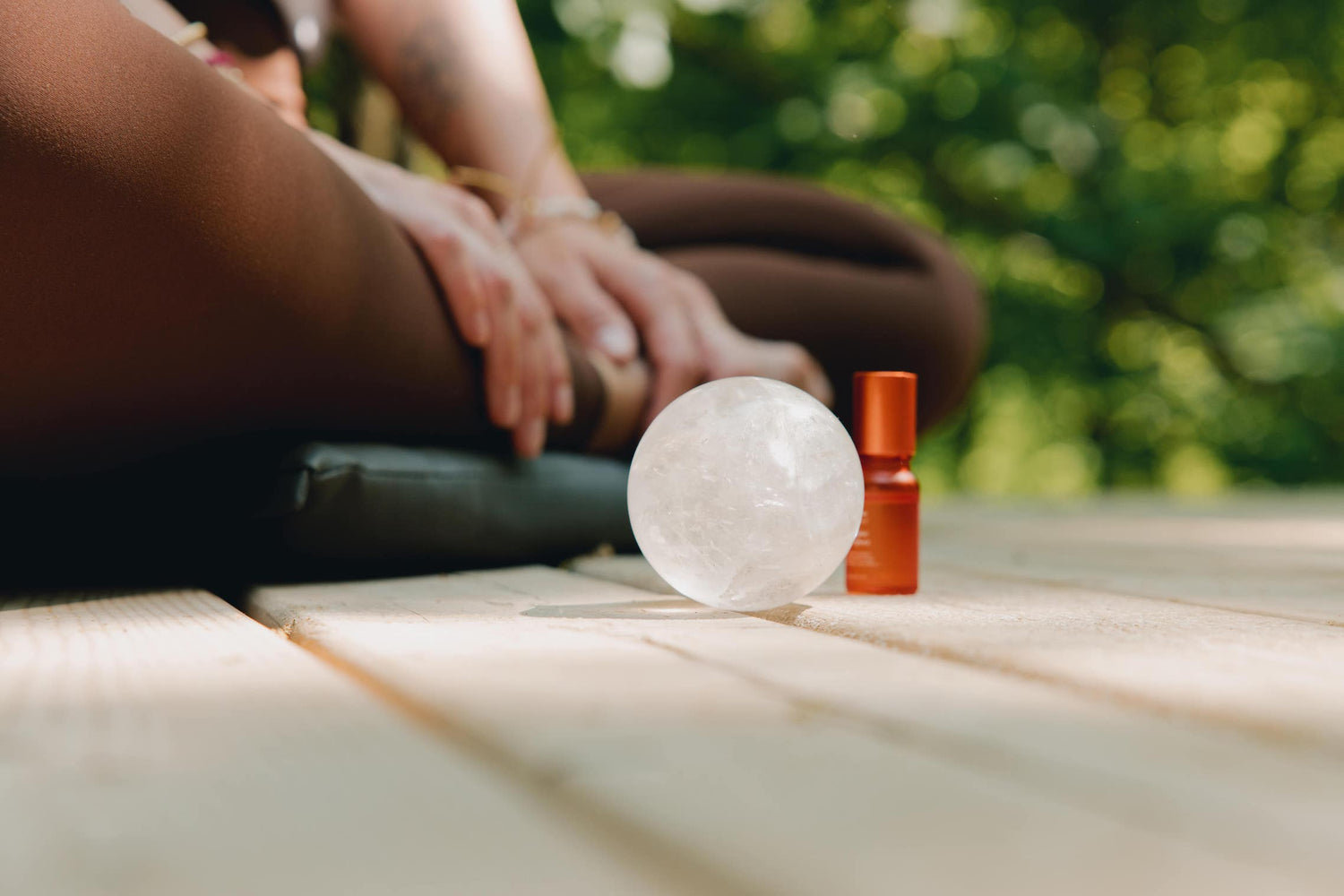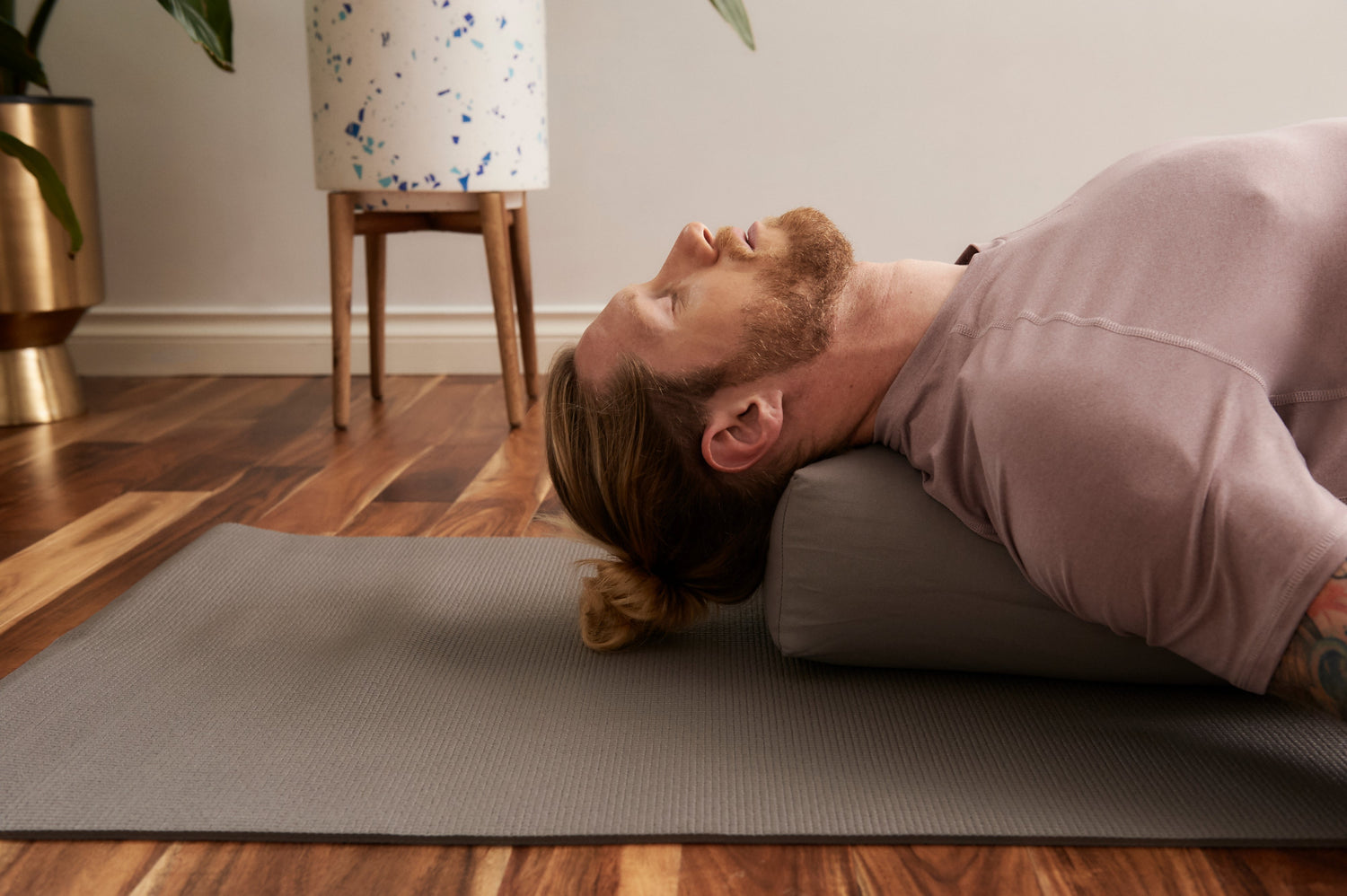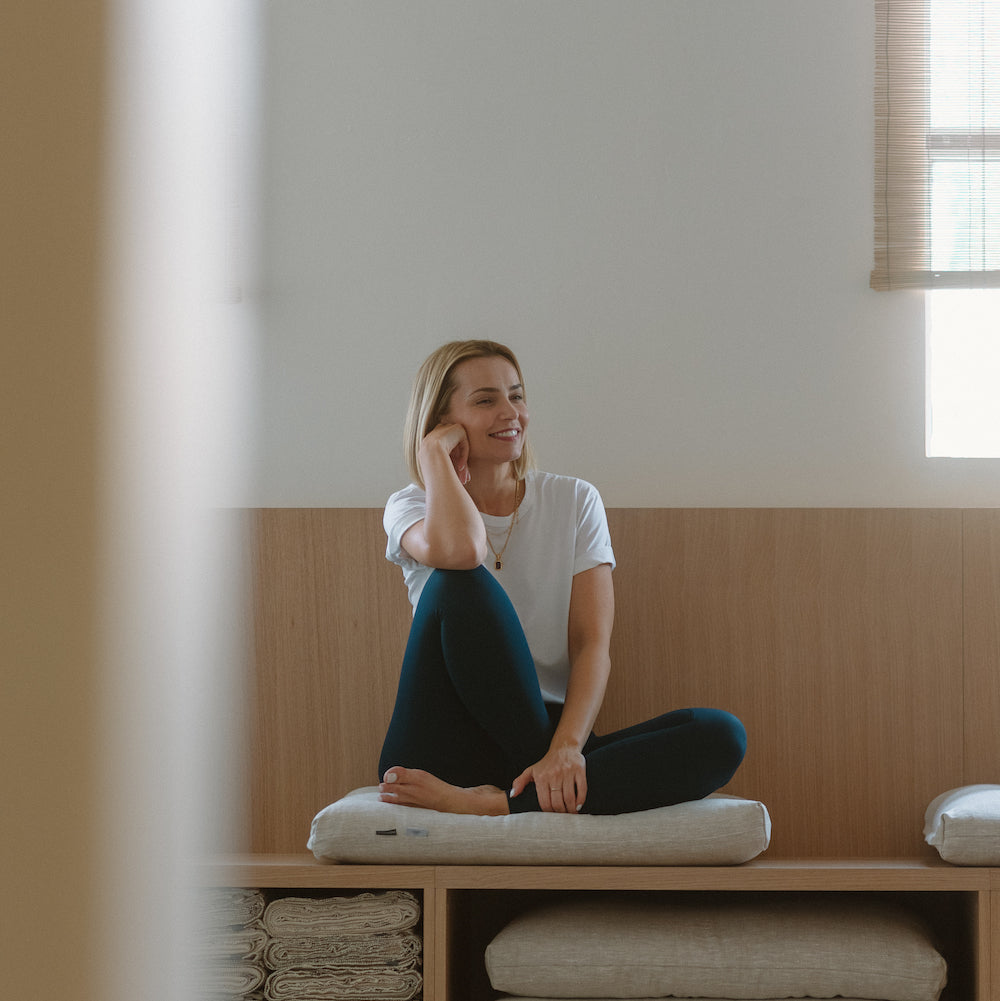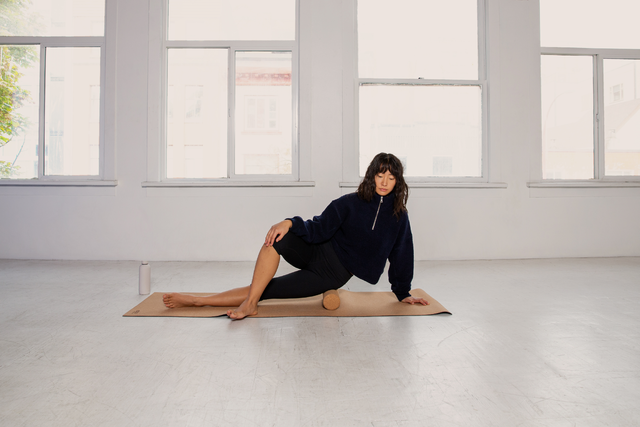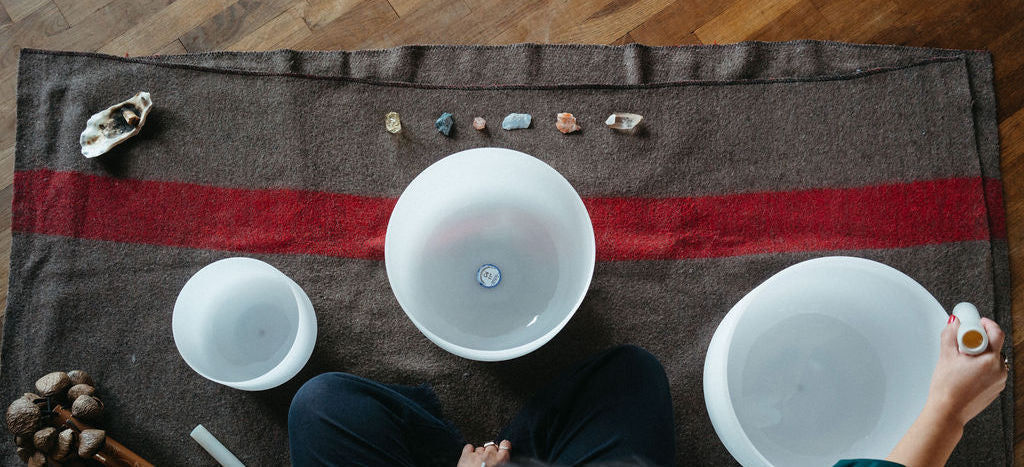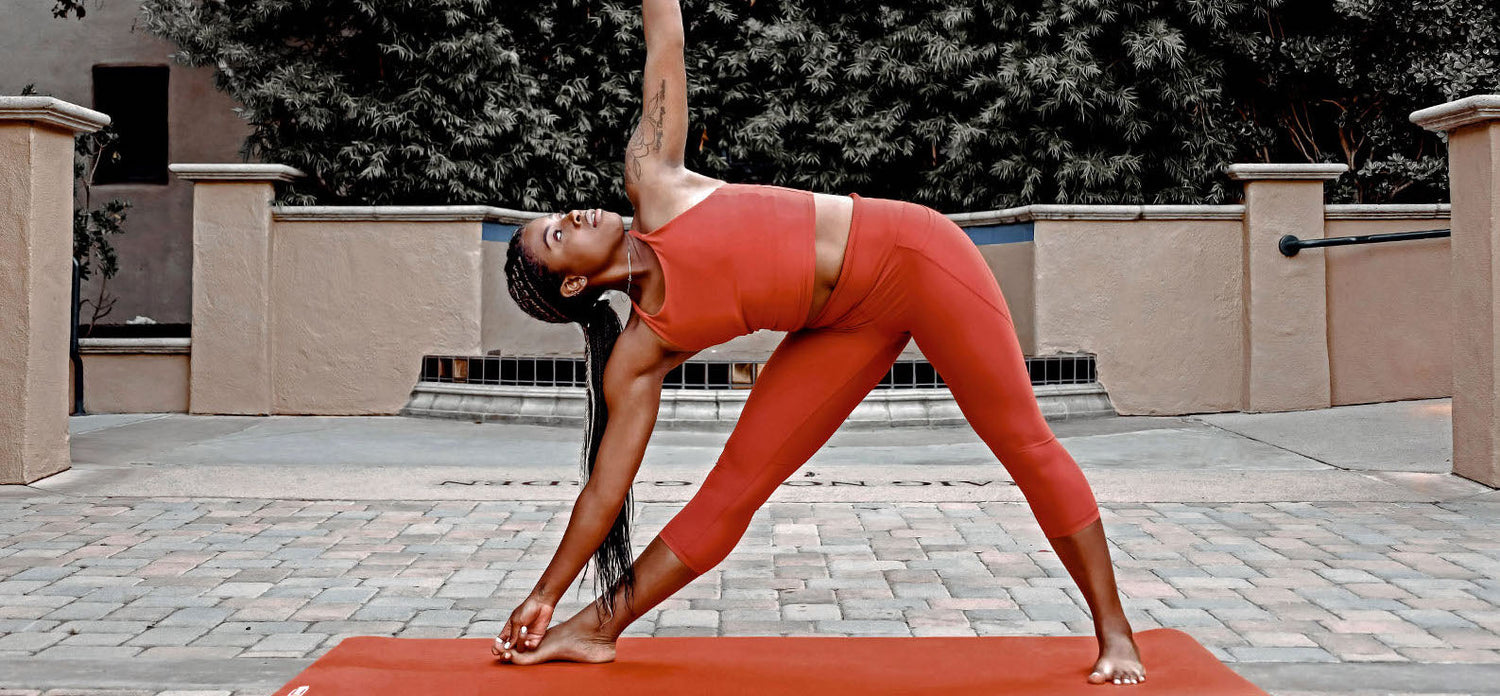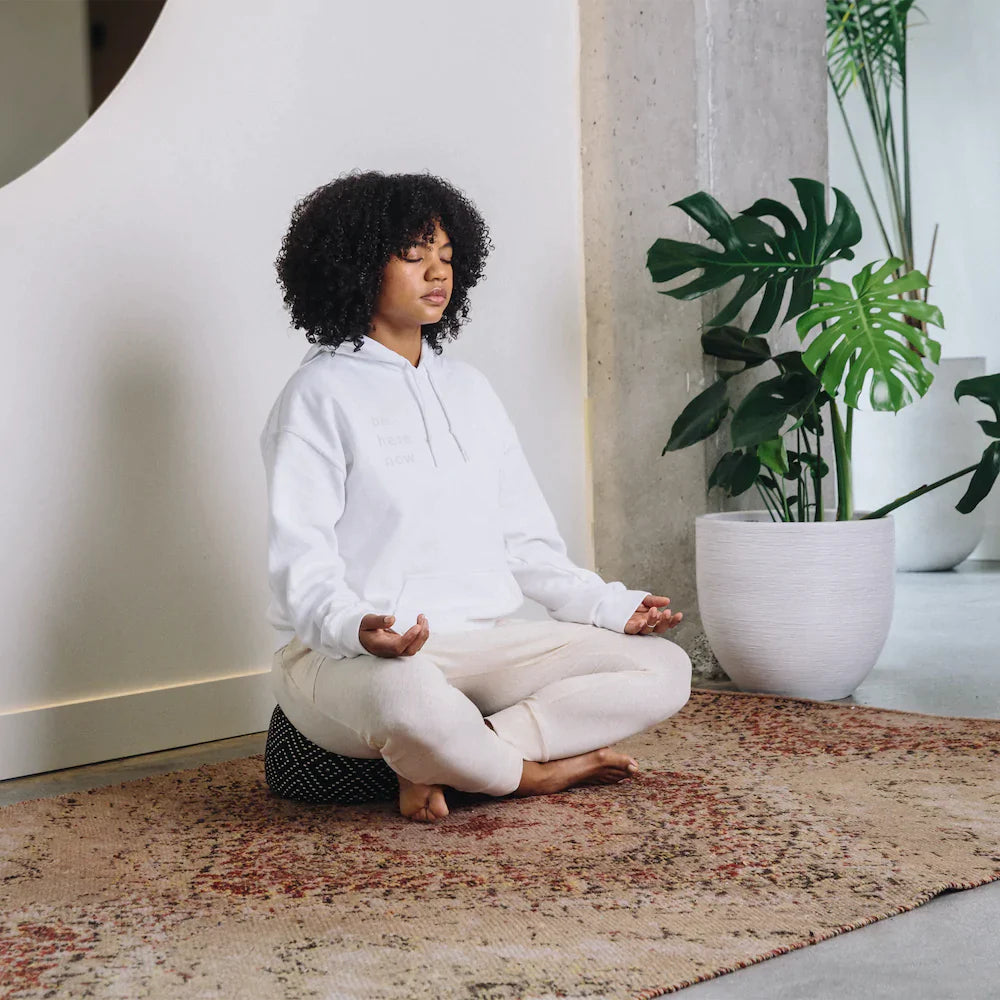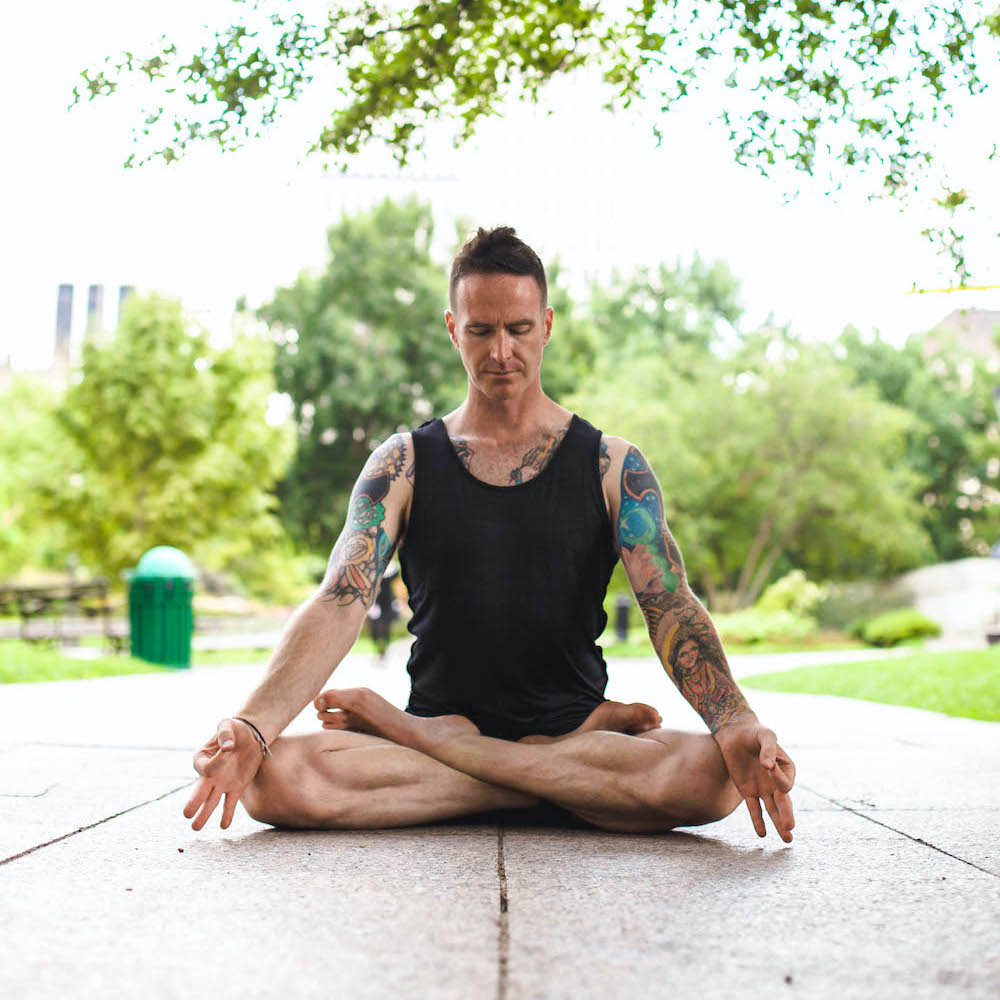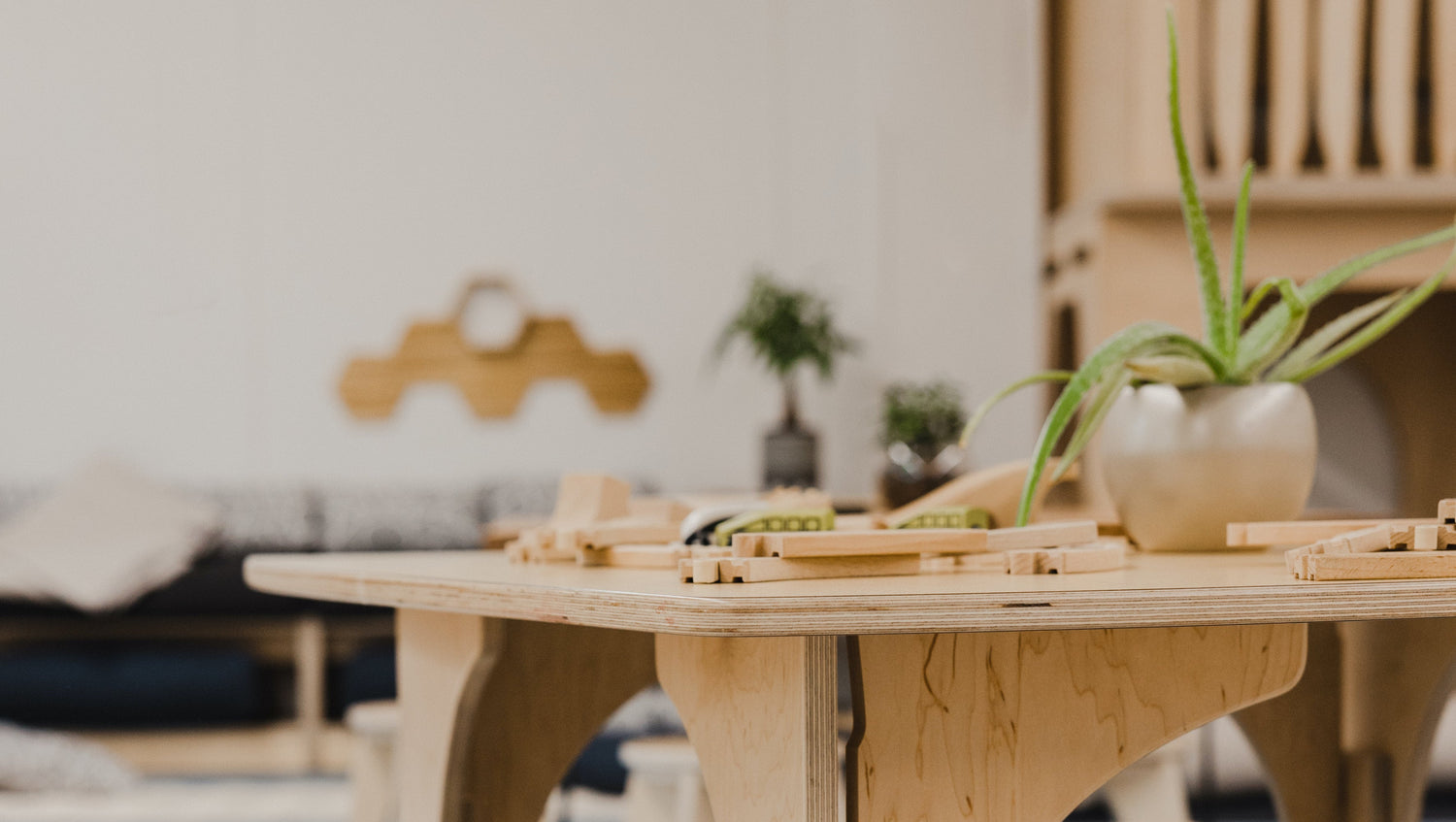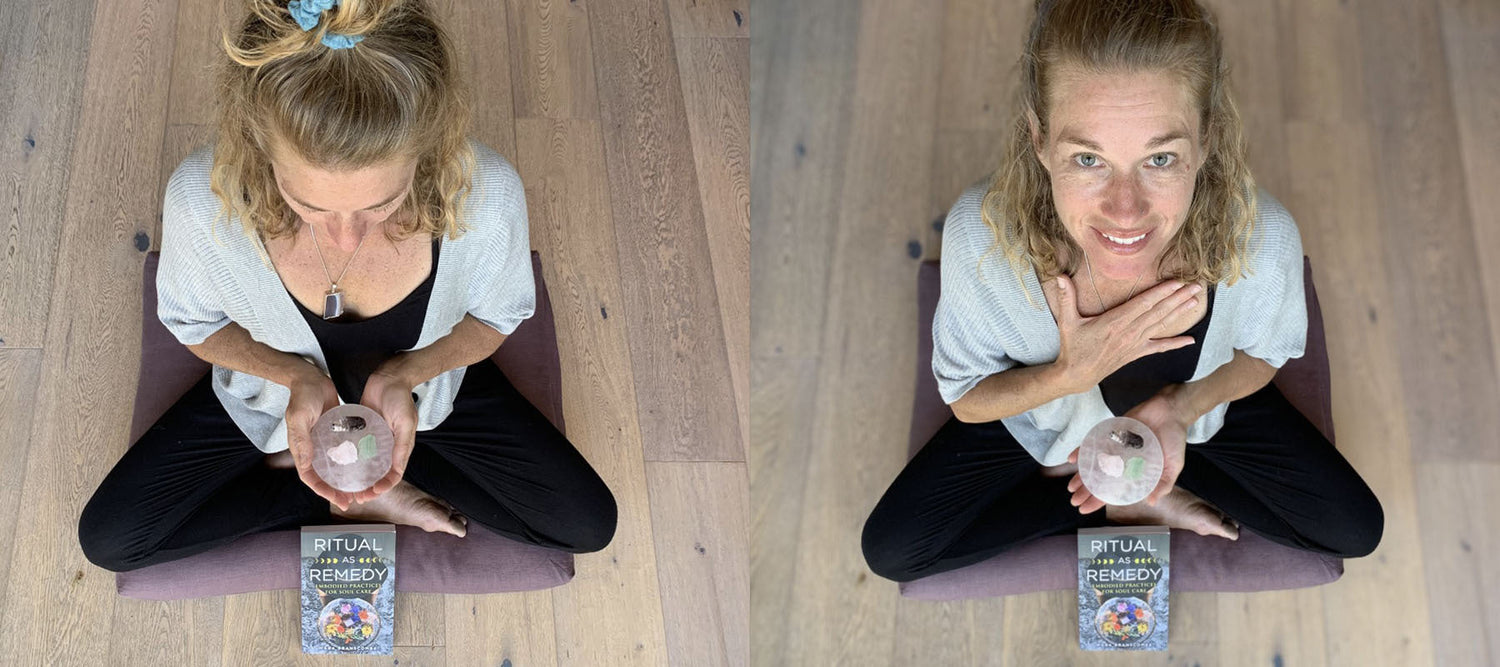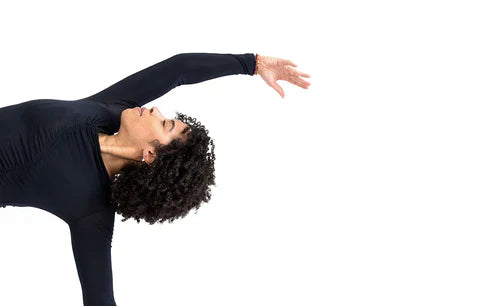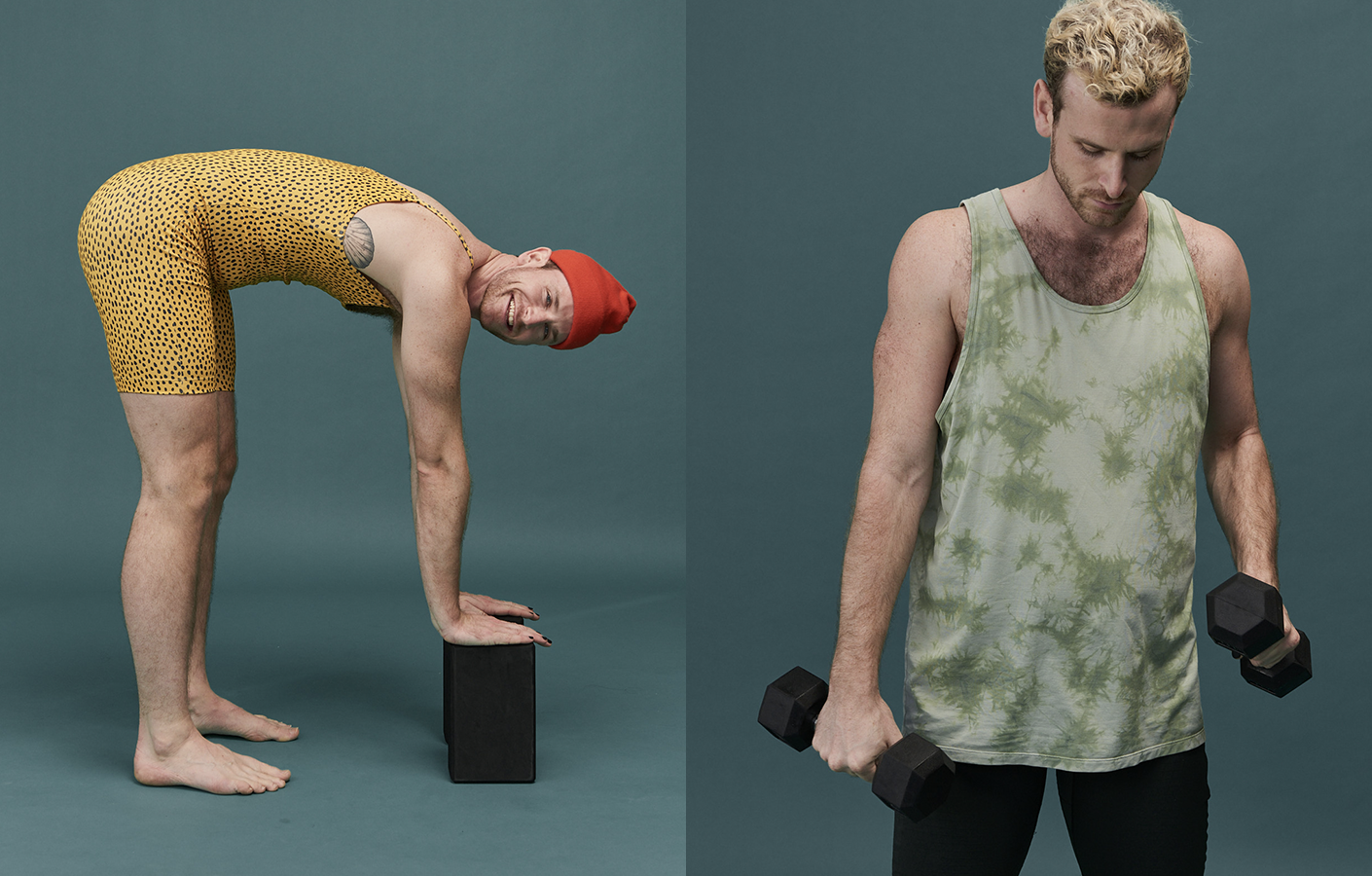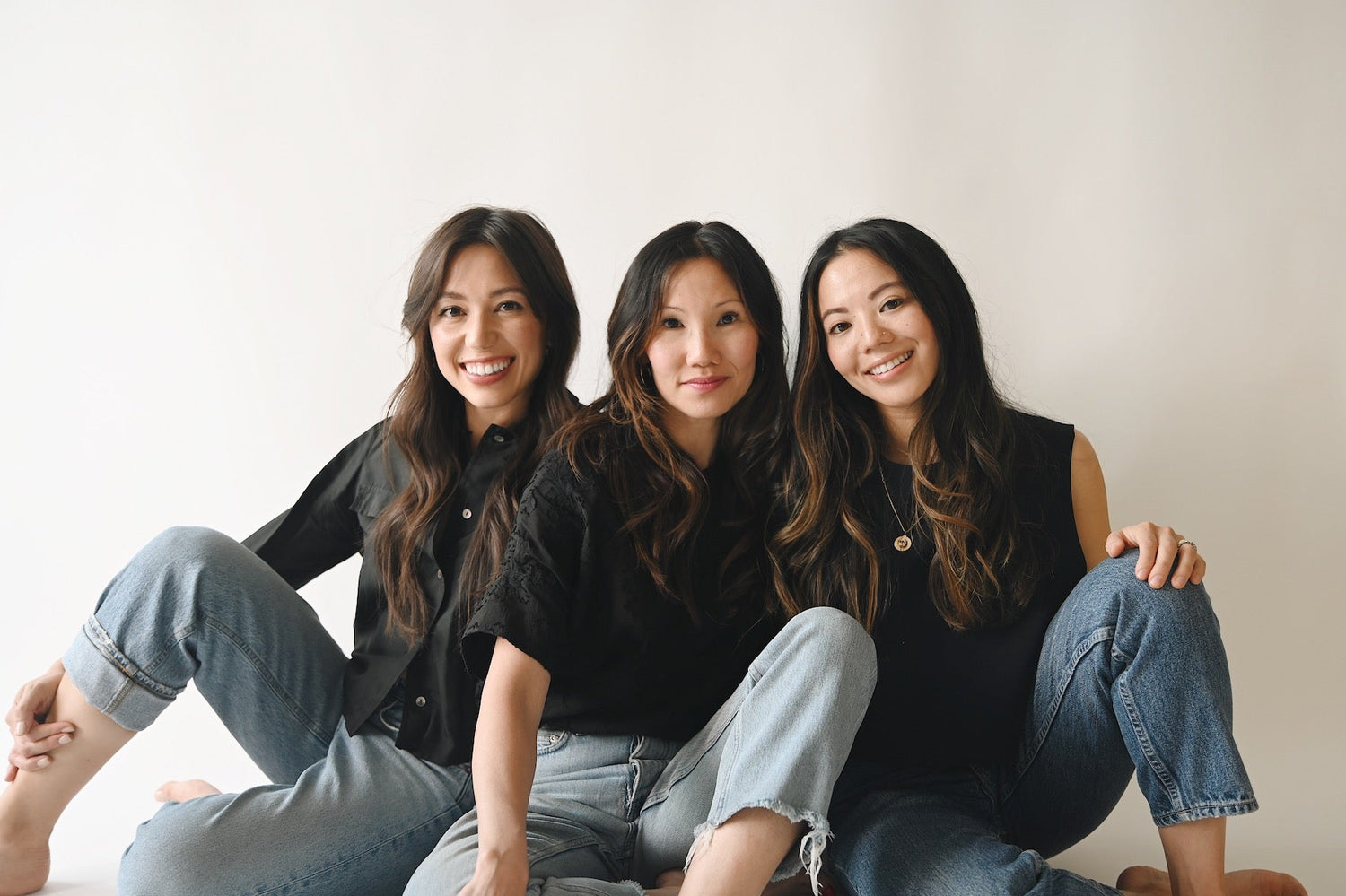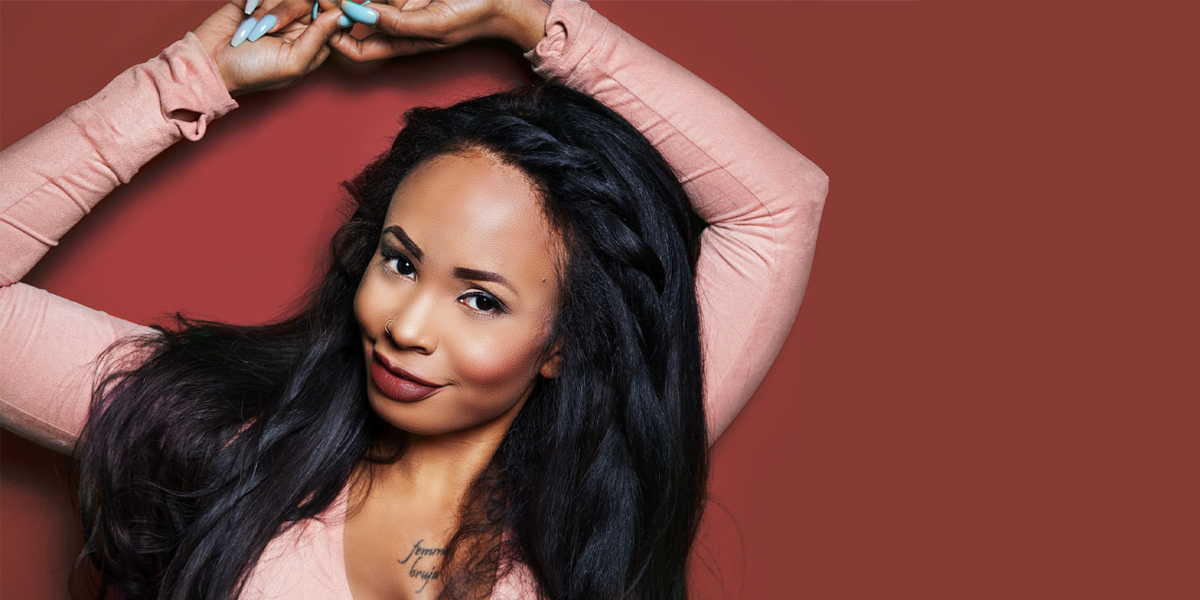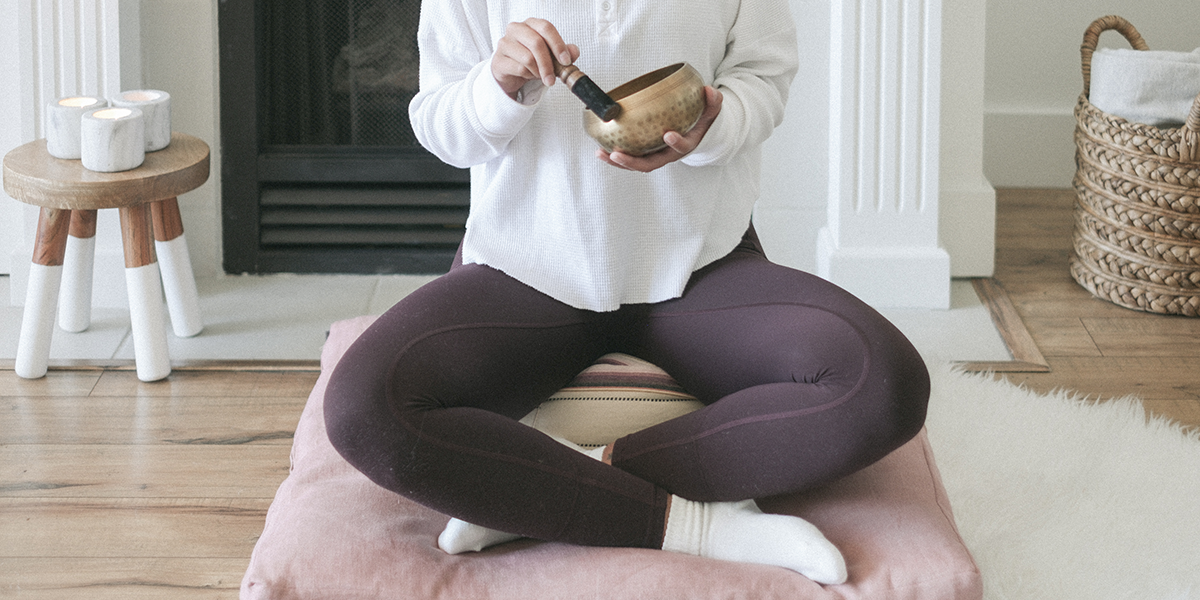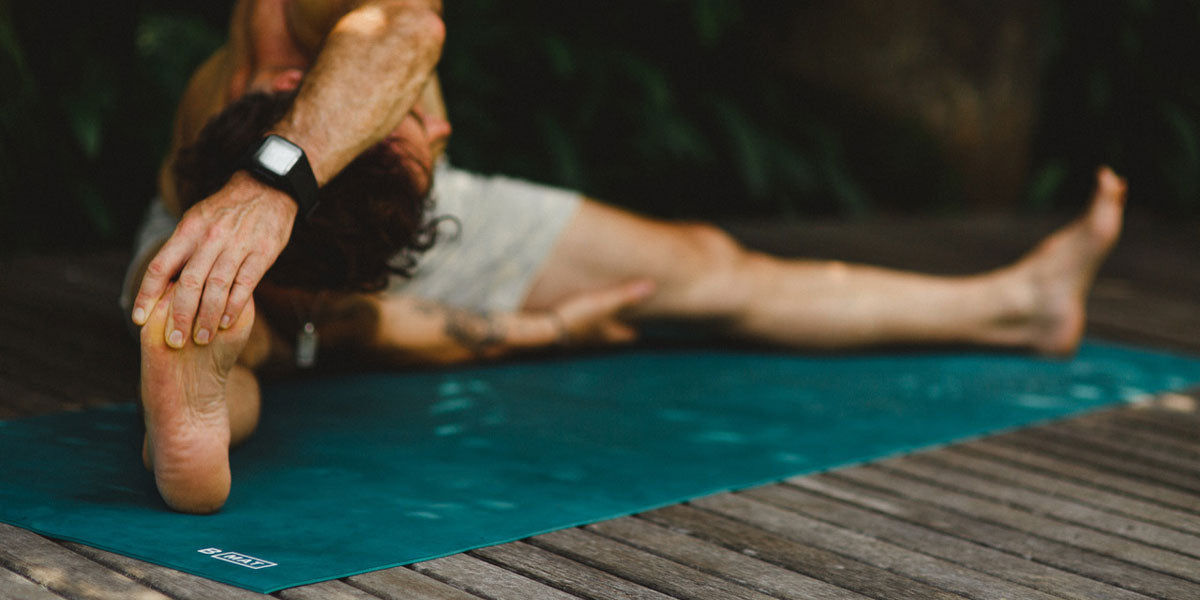Massage Therapy is an easy and feel good modality that helps treat soft tissue trauma in our body. This can be as microscopic as an adhesion in our skeletal muscle tissue that is causing pain, referral pain or a headache, and as obvious as a muscle stuck in contracture that causes what we refer to as a knot that seems to roll under your touch. We put our bodies through a lot, and physical stress like working out or even the physical stress from our jobs (whether it’s sitting all day or moving), as well as mental and emotional stress, can store itself in our bodies as tension.
We are so lucky that the physical therapy industry is booming, access to massage, physio, athletic and occupational therapists, chiropractors, reflexologists, osteopaths and yoga studios (just to name a few), is so easy. While it is important to use these physical modalities to our advantage, and as much as we can, the time you spend with these professionals is only a small fraction of your day, week, month, even your year. This is why it is important to have a few of your favourite tools at home, to use daily to keep your soft tissues pliable and free of pain.
Benefits of Massage
The benefits of massage therapy are endless. Our body is so complex with so many systems and nerve impulses working together every single second, and massage therapy seeks to make sure everything is working in harmony and equally. Physical massage helps to increase circulation of our blood and oxygen to muscle tissue (think of warming up before a workout), it increases circulation of our lymphatic fluid which is important for our immune system because lymphatic fluid moves and filters out bacteria and toxins from our blood stream. Circulation also helps stimulate our bodies natural healing/inflammatory process. Massage therapy helps decrease our sensation and perception of pain. Treatment might feel painful in the moment, but all those little nerve sensors are helping to dull the pain. As mentioned before massage therapy is important in increasing the pliability of our muscle tissue and decreasing tension of the fascial system in our bodies. Mentally massage increases production of “feel good hormones” like serotonin and dopamine and decreases the cortisol (stress) hormone. All these amazing benefits are within our reach at home, and this is why it is important to try to do a little bit of self massage at home as much as you can! I have been using various therapy tools at home for years, and I am lucky enough that b, halfmoon asked me to try out some of their latest therapy tools, and tell you about what they are best used for from a Massage Therapists perspective!
How to Get the Same Benefits of Massage at Home
It is relatively easy if you have the right tools! I tell my clients to play around with the tools they have, you really can’t go wrong or do any damage. All you need to do is monitor your pressure and intensity, if it feels painful, then just ease off to your appropriate level of discomfort and relief, and avoid massaging over bony prominences like your patella, hip bone, and spinous processes.
Foam Roller
Used best for: Large surface areas such as the IT band, glutes, mid - lower erectors, quadriceps and hamstring groups. I love the length of this foam roller as small-medium sized foam rollers are easier to maneuver and control, and the thickness provides a larger surface area and support. The material of the b, halfmoon foam roller is firm yet flexible which provides some give. It is fairly easy to monitor your intensity on the foam roller, if you are up on your hands the pressure will be less intense than if you are down on your elbows.
Cork Roller
Used best for: Smaller surface areas such as the calves, anterior compartment of lower legs (shin area) and bottom of feet. This roller can also be used on the large muscles of the body for increased intensity (compared to the foam roller), and for occipital/suboccipital (back of the head), release for headaches and lymphatic sinus drainage.
This roller was easy to play around with, I found this to be one of the most versatile tools out of what I tried. The material is firm, so not a lot of give which increases the intensity of the pressure, and since it is not very thick it can really dig into the deeper muscle layers. I really got creative with this roller and found I could use it as an awesome calf stretch (one foot on ground and stretching foot on roller with same heel on the ground and lean in), and as a psoas (hip flexor) release by turning the roller vertical, kneeling into a lunge position and leaning my abdomen into the edge of the roller. This last use was my favourite use for the roller as I find self psoas release to be the most challenging to accomplish.
Large Rubber Ball
Used best for: Rolling the Glute area to reach deeper muscles such as the Piriformis, and trigger point therapy.
It is easy to use this ball on virtually all muscles of the body. For a medium intensity it is best to use the ball standing between you and the wall, and for a higher intensity laying down between you and the floor.
Bonus: if you had 2 of these balls, you can place one under each glute, and to monitor the intensity and to lay with pressure for an extended amount of time (using breath work), place a bolster, foam/cork block or folded up blanket under upper back and head.
Peanut Roller
Used best for: Posterior head and neck, and SI joint area (bilateral).
This tool is my personal favourite, there are so many different ways to use this roller. For the posterior head and neck I found it best for bilateral occipital and suboccipital release (more lymphatic and sinus drainage, and release for headaches), as well as bilateral work to the SI joints and multifidus of the sacrum. I even used it on the Frontal area of the head (think forehead), to release sinuses more and relieve headache pain.
Bonus: To monitor the intensity and to lay with pressure for an extended amount of time (using breath work): Peanut roller used under upper body: bolster, foam/cork block or folded up blanket to support sacrum/hips, and support upper body and head if peanut roller used at sacrum.
Cork Massage Trio (2 medium and 1 small)
Used best for: Trigger point release of virtually any muscle.
The small surface area of the balls means it is easy to pinpoint certain areas of pain and trauma. This is used best if you have a specific area where you can feel a “knot”. For a more easily controlled application of pressure and intensity it is best to use one ball standing, used between you and the wall. For a more intense pressure, use laying down. Between you and the floor. You can use any size for any area of the body, but I find that the medium sized ball is best for any area of the mid - lower back, glutes, and legs, and the small ball is best for the upper back and neck. These cork balls are also great to use to roll under your hand for the pec muscles and upper arms.
Bonus: Use the medium sized balls under each glute, and to monitor the intensity and to lay with pressure for an extended amount of time (using breath work), place a bolster, foam/cork block or folded up blanket under upper back and head (can do the same with the 2 balls at same level of the back, and support under the sacrum).
Happy Rolling!
These amazing tools from b, halfmoon can help you take your tissue health to the next level. Get creative! Like mentioned before, you really can’t go wrong or do any damage. Your body won’t regret the help, but as always, monitor the intensity you feel, everyone has a different threshold for that mild massage discomfort. You can stay within your comfort zone, or push that discomfort a little bit. Our body needs movement, and this is another way to move your tissues and support the important symptoms that keep us functioning!
 Alexa Yuel (Dutchak) is a Registered Massage Therapist and Kinesiologist in Winnipeg. She has been an RMT for 3 years, and was also a Certified Personal Trainer and group exercise instructor for several years previous to graduating Massage Therapy College. She has her own private practice where she treats clients and also helps them develop at home strategies for muscle and tissue health through exercise, stretching and self massage. She combines a spa atmosphere and special touch with clinical assessment and practices for her clients. You can find Alexa on Instagram @dynamicwellnesswpg_rmt and through her online booking site, by clicking here.
Alexa Yuel (Dutchak) is a Registered Massage Therapist and Kinesiologist in Winnipeg. She has been an RMT for 3 years, and was also a Certified Personal Trainer and group exercise instructor for several years previous to graduating Massage Therapy College. She has her own private practice where she treats clients and also helps them develop at home strategies for muscle and tissue health through exercise, stretching and self massage. She combines a spa atmosphere and special touch with clinical assessment and practices for her clients. You can find Alexa on Instagram @dynamicwellnesswpg_rmt and through her online booking site, by clicking here.
